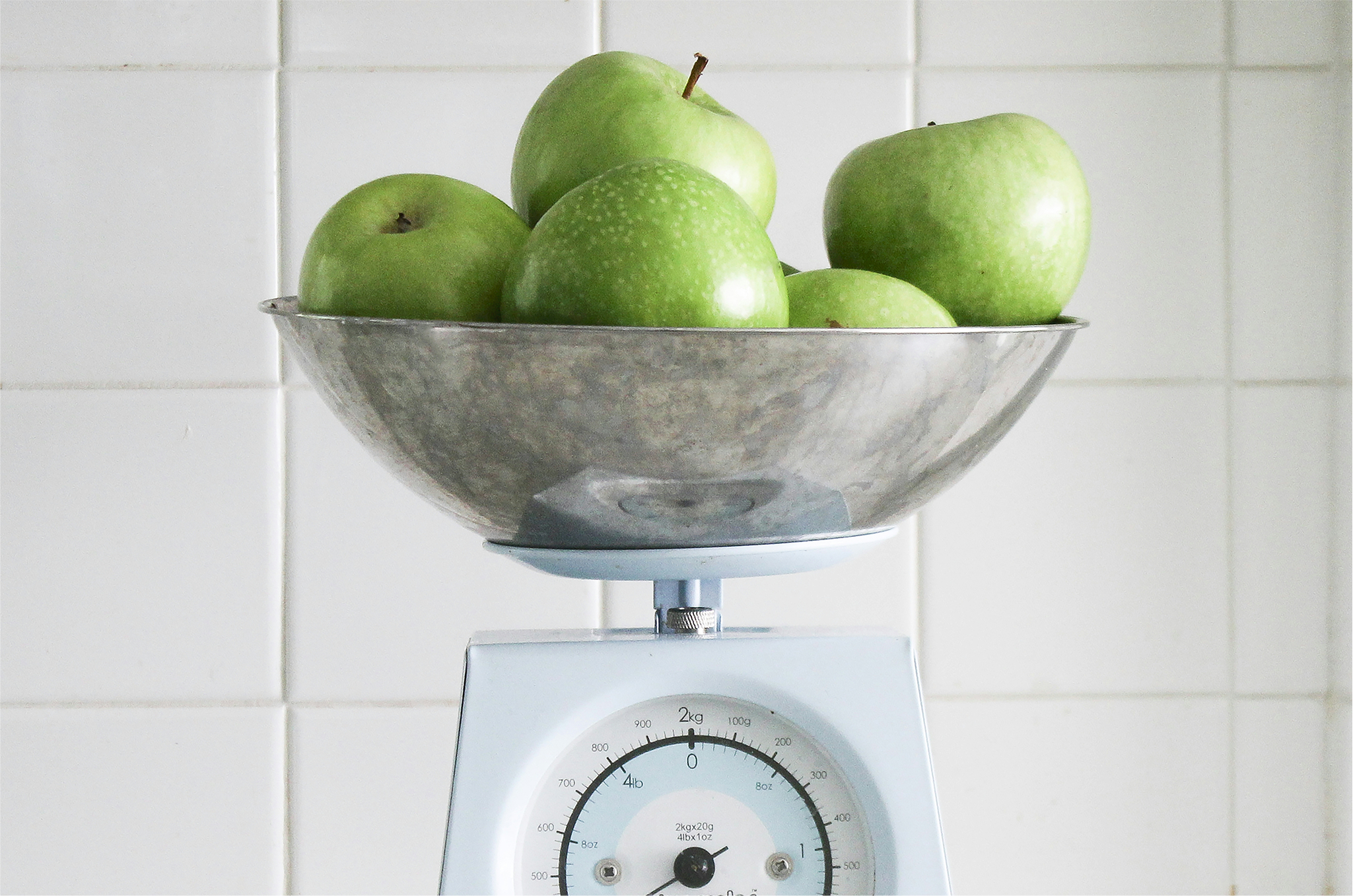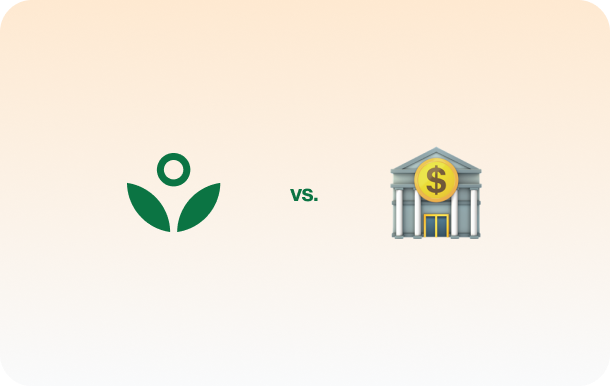
What Is a Backdoor Roth IRA?
A Roth IRA offers one of the best advantages in retirement savings: tax-free growth on your investments, plus tax-free withdrawals when you retire.

A Roth IRA offers one of the best advantages in retirement savings: tax-free growth on your investments, plus tax-free withdrawals when you retire.
written by
If you’ve been exploring ways to boost your retirement savings, a Backdoor Roth IRA might be your secret weapon. While it might sound a bit tricky, it’s actually a perfectly legal strategy for high-income earners to access the benefits of a Roth IRA, even if their income exceeds the eligibility limit.
Why Consider a Backdoor Roth IRA?
A Roth IRA offers one of the best advantages in retirement savings: tax-free growth on your investments, plus tax-free withdrawals when you retire.
The catch? If your income is too high, you may not qualify to contribute directly. In 2025, the phase out for direct contributions to a Roth IRA for single filers starts with a modified adjusted gross income (MAGI) of $150,000 and $236,000 for joint filers.
But that doesn’t mean all hope is lost, this is where the backdoor strategy comes into play.
How Does It Work?
The Backdoor Roth IRA allows you to contribute to a Roth IRA even if your income exceeds the threshold. Here’s how it works:
- Contribute to a Traditional IRA: In 2025, the contribution limit is $7,000 (or $8,000 if you’re 50 or older). Traditional IRAs don’t have income limits, so you can contribute regardless of how much you earn.
- Convert to a Roth IRA: Once the funds are in your traditional IRA, convert them to a Roth IRA. Since you didn’t take a tax deduction on the original contribution, there should be little to no tax owed on the conversion—unless the funds grew in value between the time of contribution and conversion.
What About Taxes?
If you already have money in a traditional IRA, the pro-rata rule could make a Backdoor Roth less appealing.
Here’s the deal: When you convert to a Roth, the IRS looks at all your traditional IRAs combined and taxes you on a proportional share of the pre-tax money. So, if most of your IRA money is pre-tax, a bigger chunk of the conversion will be taxable.
Bottom line: If you have a lot of pre-tax dollars in IRAs, you’ll likely owe more taxes on the conversion, which is worth thinking about before going the Backdoor Roth route.
Why Use a Backdoor Roth IRA?
There are a few key reasons why high-income earners love this strategy:
- Tax-Free Growth: Investments in a Roth IRA grow tax-free, and withdrawals in retirement are tax-free too. That means the earnings on Roth IRAs aren’t taxed (which is huge!)
- No Required Minimum Distributions (RMDs): Unlike traditional IRAs or 401(k)s, Roth IRAs don’t require you to take out money starting at age 73, giving you more control.
- Estate Planning Benefits: Roth IRAs can be passed down to heirs tax-free, allowing them to enjoy tax-free growth and withdrawals as well.
Is It Right for You?
While it’s a great option for many, a Backdoor Roth IRA isn’t perfect for everyone. Ask yourself:
- Do you already have traditional IRAs? If so, the pro-rata rule could complicate the tax situation, making the strategy less advantageous.
- Are you prepared for a potential tax hit? Depending on your situation, converting a traditional IRA to a Roth IRA might mean paying taxes now. While it could be worth it for future tax-free growth, it’s important to consider if you’re ready for that.
- Do you have other options? Maxing out other tax-advantaged accounts like a 401(k) might be a simpler way to boost your retirement savings without the added complexity of a Backdoor Roth IRA.
The Bottom Line
A Backdoor Roth IRA is a powerful tool for high-income earners who want to take advantage of Roth IRA benefits without being blocked by income limits. However, it’s not without its complexities, especially when it comes to taxes. If you’re unsure whether this strategy is right for you,
Fruitful’s financial guides are here to help. We can work with you to evaluate your options and build a retirement plan that fits your unique financial situation.
Additional articles
© Fruitful 2025 — All rights reserved. “Fruitful” refers to Fruitful, Inc. and its wholly-owned, affiliated, and separately managed subsidiaries, Fruitful Financial, LLC and Fruitful Advisory, LLC, an SEC-registered investment adviser. To learn more about Fruitful Advisory, LLC please view its Form ADV Part 2 and Form CRS available at www.adviserinfo.sec.gov. Registration with the SEC does not imply any level of skill or training.
This information is provided by Fruitful for educational and illustrative purposes only and is not considered an offer, solicitation of an offer, advice, or recommendation to buy, sell, or hold any security. All investing involves risk, including the risk of losing the money you invest, and past performance does not guarantee future performance. Rebalancing cannot assure a profit or protect against loss in a declining market. Fruitful relies on information from various sources believed to be reliable, including information from its Members, Clients, and other third parties, but cannot guarantee the accuracy or completeness of that information.
Fruitful is a financial technology company, not a bank. Deposit accounts provided by Emigrant Bank, Member FDIC. Funds in the bank accounts are insured for up to $250,000 per depositor, depending on the ownership category. Interest rates are variable and subject to change at any time. These rates are current as of July 18, 2024.
¹ The people in these videos are real Fruitful Members who were paid in cash for their time and participation in this series. We think that is fair. Each testimonial reflects the individual Member's experience as an advisory Client and is not intended to represent any other Member's or Client's experience. We believe in the integrity of this approach and that, outside the conflict of interest present due to compensation, no other conflicts apply to these testimonials. These Client testimonials were given in October 2023, represent the opinions of each Member at that time, and may have been edited for brevity and clarity.
² Cost of traditional advisory firms sourced from The Kitces Report, Volume 2, 2022, Figure 61. Distribution Of Typical Annual Retainer Fee.


